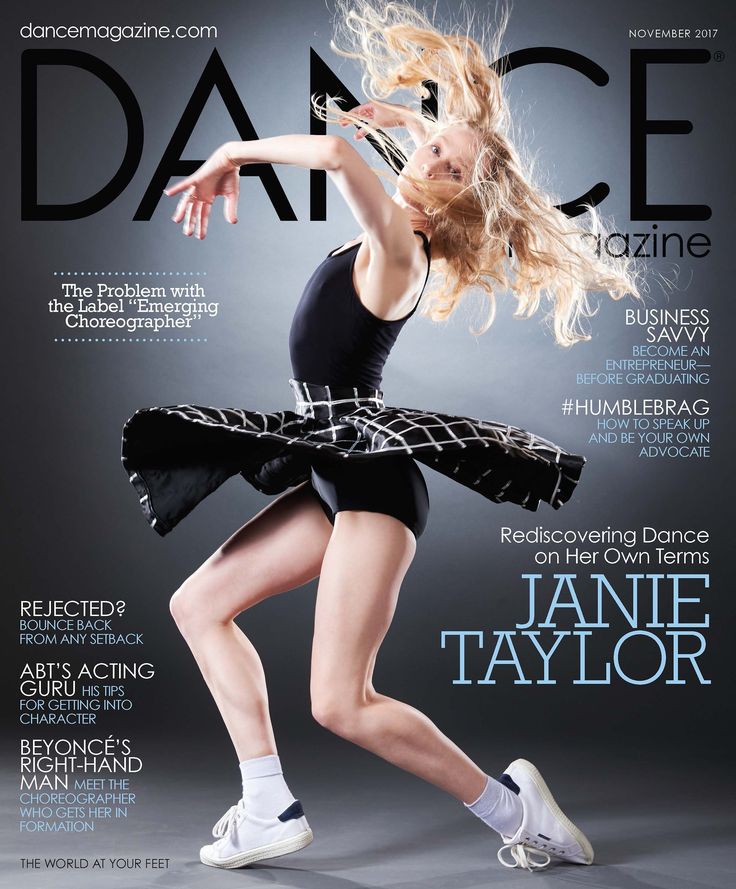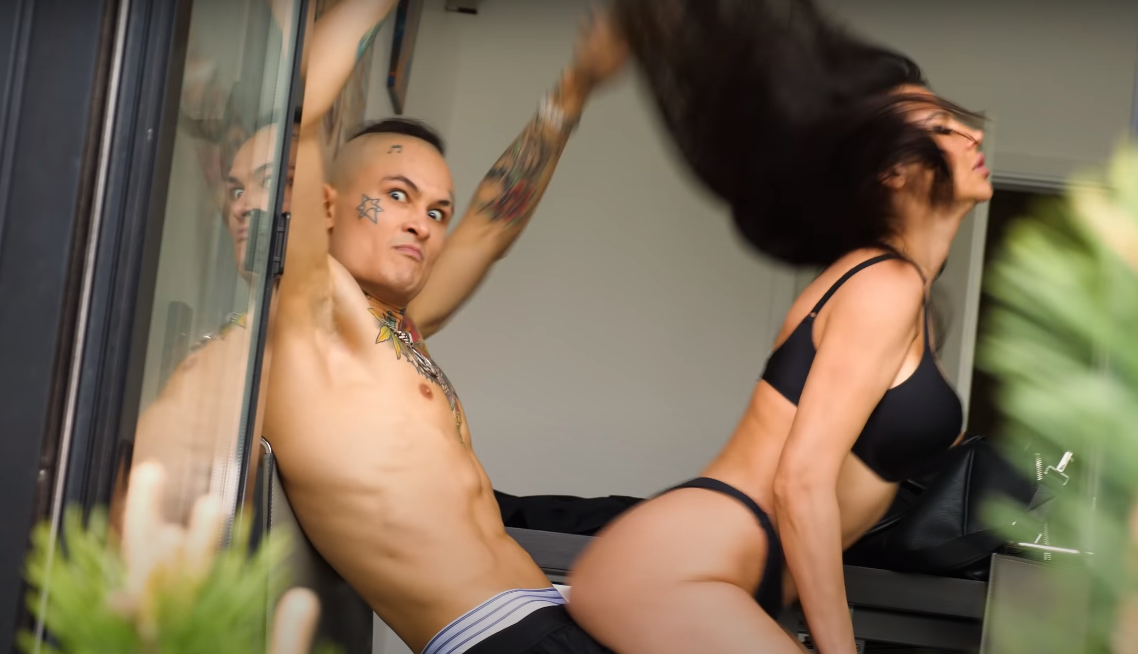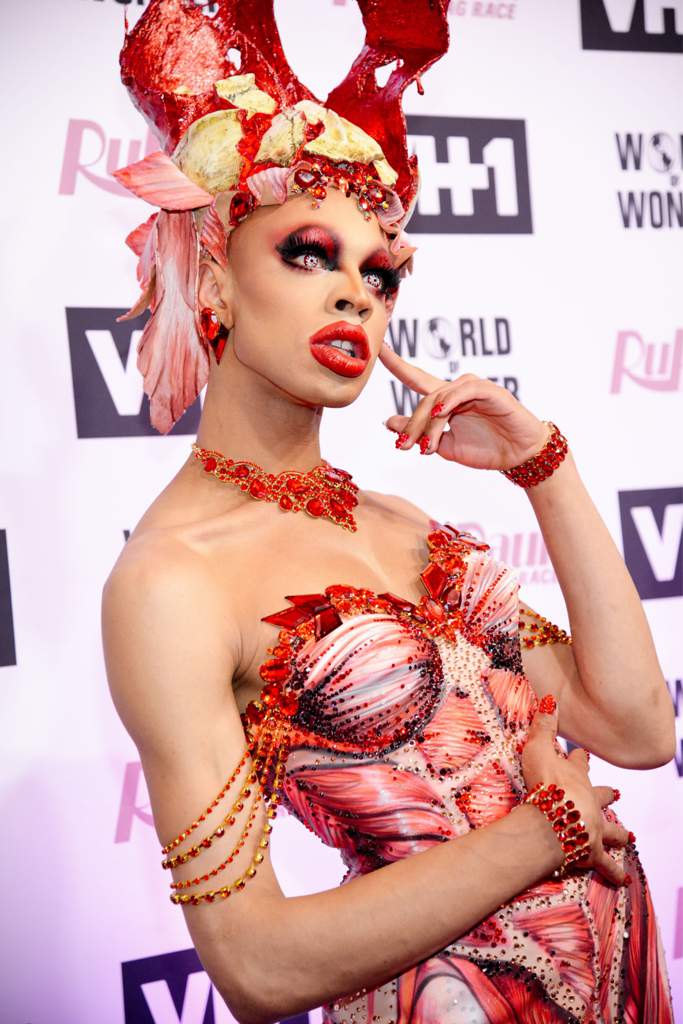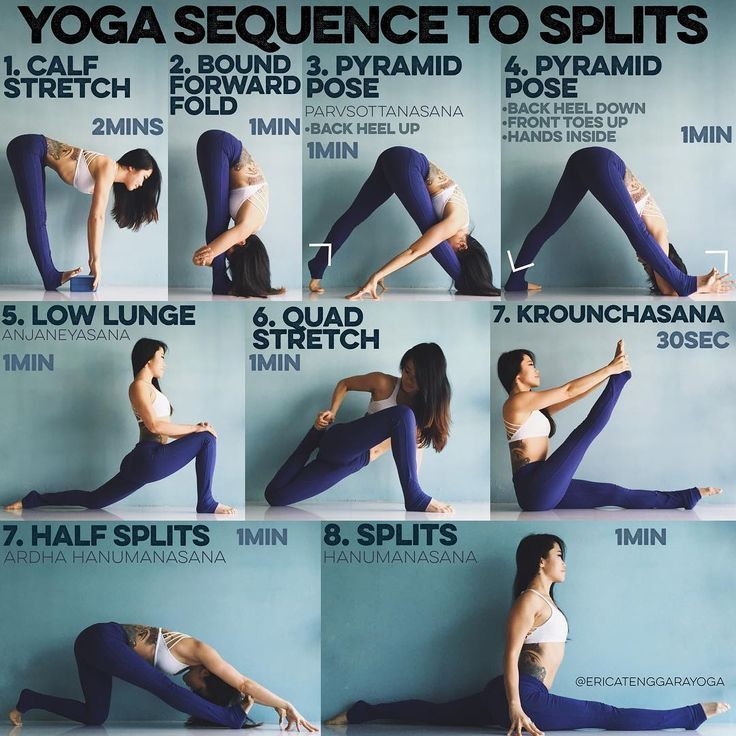How to create your own dance choreography
10 Tips From the Pros
Creating movement from scratch to encompass the feeling, rhythm, and theme of a song takes a little imagination and some work, whether you're a beginner or getting ready for a big performance. When you're including the movements and dance phrases for multiple performers, too, choreographing a dance can get quite complicated. That's why we're giving you some top pro tips on how to choreograph a dance when you're feeling stuck, including methods you can use to step outside the box and spice up your routine.
1. Study the Music
If you know what music you want to choreograph your dance to, start studying. Go beyond creating movements based on the rhythm and beat of the song, and study the lyrics, the emotion, and the meaning behind the song. You can find inspiration from the feelings you get when you read the words, and embrace the emotion the artist puts into the song.
Poppin' C, a Swiss popping dancer, says, "The music is everything for me, because the way my body adapts and moves, is because of the way I feel the music. " By knowing every part of your music inside and out, you can design dance moves that really work with the beat and lyrics.
B-boy Junior holds a breaking workshop at Red Bull BC One Camp in Mumbai
© Ali Bharmal / Red Bull Content Pool
2. Watch the Pros
Take some time to watch dance-heavy musicals, like "Chicago" and "Anything Goes," competitive series like "World of Dance," and even street performers, like Logistx, to grab some inspiration for your moves. Observe the styles, transitions, and combinations of movements and note how pro dancers create a physical connection to the music. This can help motivate you to create dances that get the audience to connect with your physical interpretations of the music.
3. Plan for Audience and Venue
Think about who your performance or event is for. Consider the venue you're performing at, too, because your dance environment can help you find ways to creatively express emotion. Lighting, sound, and the overall ambiance of your venue can help you design dances that incorporate mood and emotion to connect with the audience during your performance.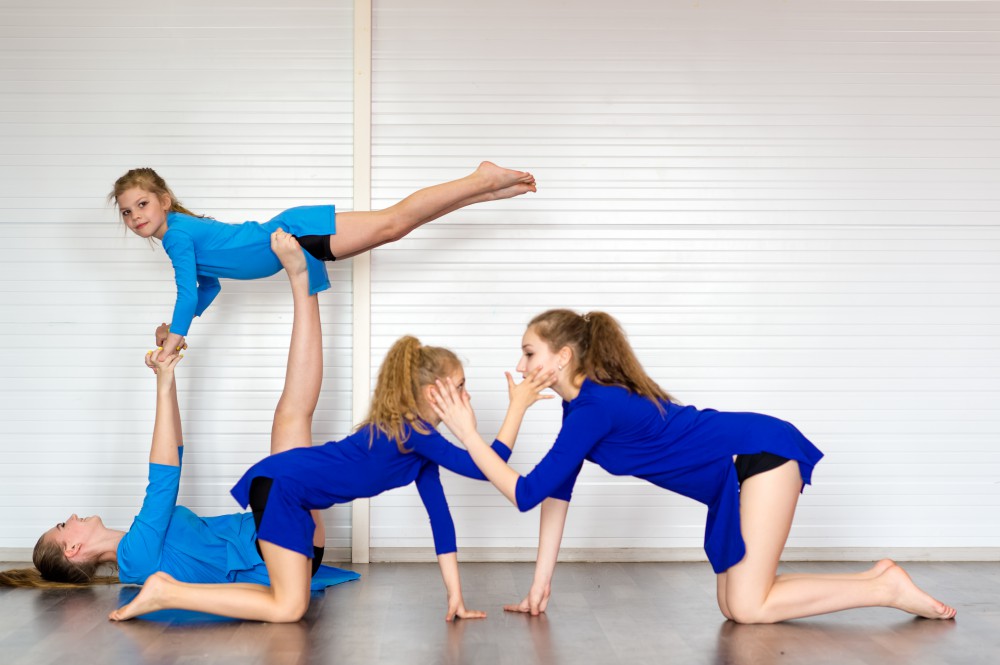
4. Think About Dance Style
Choreograph with steps and dance moves that reflect a specific style. You might try incorporating hip hop steps into a classical dance to mix it up and create your own unique dance style, for example. If you're just starting out with dance choreography, try focusing on learning how to balance a specific style of dance with your unique interpretation of the music you're dancing to.
Kid David poses for a portrait at Red Bull Dance Your Style USA Finals
© Carlo Cruz/Red Bull Content Pool
5. Focus on the Basic Elements
Focus on one (or several) of the most basic elements of dance: shape, form, space, time, and energy. For form, you can focus on designing phrases and steps based on a specific form from nature, like an animal or landform. Use your stage space to showcase explosive energy and give certain aspects of your performance a punch of emotion that keeps your audience engaged.
6. Don't Start at the Beginning
If you're stuck trying to figure out how to start your dance, plan it out from the middle or from the end.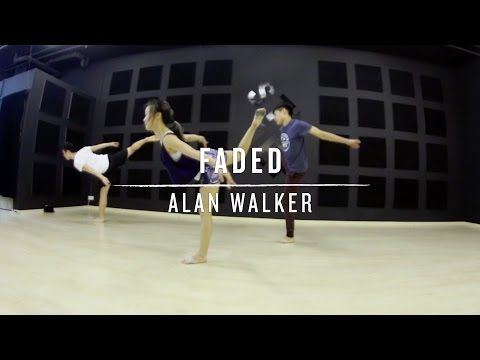 Tell a story through your dance choreography and plan out the climatic elements before the small steps to help you flesh out where you want to go with your ideas. Once you've outlined the basic structure of your choreography, piece it together into an entire work.
Tell a story through your dance choreography and plan out the climatic elements before the small steps to help you flesh out where you want to go with your ideas. Once you've outlined the basic structure of your choreography, piece it together into an entire work.
7. Try Choreographing Without Music
Dance in silence. It might seem like a crazy idea since you're choreographing the dance to a specific song. However, just letting your body move and flow with different tunes you imagine can help you step outside your comfort zone and incorporate challenging moves and dance steps that you might not have thought to pair with a song or score. When you discover something you like, pair it with other steps you've already developed and start fitting your moves to the music.
Poppin C shows off his moves during a photoshoot in Lausanne
© Torvioll Jashari / Red Bull Content Pool
8. Embrace Post-Modernism
Study early modern dance forms and styles that can get your imagination flowing. Dancers from the mid-century modern era through the 1950s and '60s (such as Anna Halprin, one of post-modern dance's pioneers) would incorporate a whole world of nontraditional moves in their choreography. Slow walking, vocals, and even common gestures can make imaginative additions to your overall work.
Dancers from the mid-century modern era through the 1950s and '60s (such as Anna Halprin, one of post-modern dance's pioneers) would incorporate a whole world of nontraditional moves in their choreography. Slow walking, vocals, and even common gestures can make imaginative additions to your overall work.
9. Incorporate the Classics
Use classical ballet, traditional ballroom steps, or other classic dance moves to mix up your style. It can be a startling transition for an audience to see a classical ballet step snapped in between freestyle phrases. Combining classical techniques with your dance design can add interest and suspense to your performances.
10. Use Other Art Forms as Inspiration
Don't just focus on music and dance. Look at all kinds of art forms, from two-dimensional paintings to live art performances. Take note of the different emotions and use of space, shapes, and forms that different artworks incorporate, and think about your interpretations and how you can convey that in movement.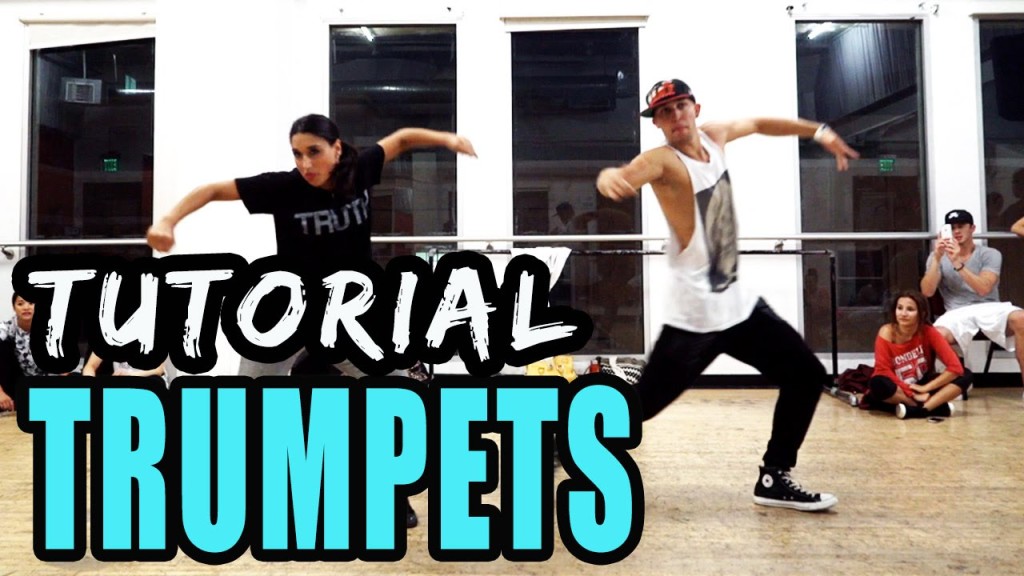 Use this as fuel for your inspiration when choreographing short phrases. Keep up to date on new forms of art to get inspired and avoid the dreaded writer's block (for dancers).
Use this as fuel for your inspiration when choreographing short phrases. Keep up to date on new forms of art to get inspired and avoid the dreaded writer's block (for dancers).
More Pro Tips to Choreograph a Dance
Arlene Phillips CBE, a British choreographer and theater director, got her start pro dancing and choreographing in the 1970s. She's been the choreographer for a variety of performances over the years, including live theater. Her advice for aspiring dancers includes some helpful choreographing tips:
Tell the music's story through your movements
Keep practicing with imaginative steps
Be determined to learn from your mistakes
Challenge yourself with unique rhythms, styles, and techniques
Plan out your most impactful elements then work in additional steps around those
Keep practicing your choreographing techniques
Don't be afraid to learn something new
One of the most important things to keep in mind when choreographing a dance, though, is to embrace diversity. Don't be afraid to do something different or outside the norm. Try incorporating new styles or steps to make your dance fresh, and study all types of art to get excited about your work. The more you challenge yourself to think outside the box, the more creative and unique you can be with your choreography.
Don't be afraid to do something different or outside the norm. Try incorporating new styles or steps to make your dance fresh, and study all types of art to get excited about your work. The more you challenge yourself to think outside the box, the more creative and unique you can be with your choreography.
How To Choreograph A Dance Routine In 6 Simple Steps
Are you wondering how to choreograph a dance routine? Or if you even can???
The answer is YES, YOU CAN! And you totally should.
Choreographing isn't just for professional dancers with tons of clout. It's a skill that anyone can learn with a little practice and inspiration. Not sure how to start? Just follow this handy 6-step guide and start creating!
Finding the right song could be the easiest or hardest part of choreographing.
Sometimes, you hear a song for the first time and you know, you just KNOW, that it's the one.
Other times, you browse through your entire iTunes library, SoundCloud dashboard, Spotify playlists, and still don't feel anything.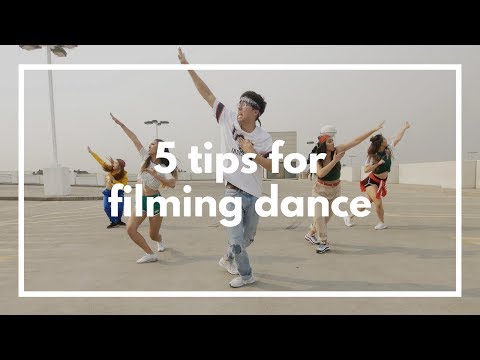
But once you have a song and pick out the section you want to choreograph to, listen to it...A LOT. And don’t just listen – listen with intent.
Look up the lyrics to see how you relate to the meaning of the song. Discover hidden hi-hats and riffs that you can highlight.
Note the "pathways" for movement you want to take – do you want to hit a certain lyric? Or that dope double bass? Visualize ideas as you listen.
You don't need to come up with concrete moves, but understand how you wanna move. And if you need to cut your music, do that first.
Having to wait or skip around to different parts of the song can interrupt the process.
Some tips for finding songs: Best Ways For Dancers To Find New Music
Yes, you can watch videos from your favorite choreographers and remix their routines, but to make something unique to you, try drawing inspiration from your own life and the culture around you.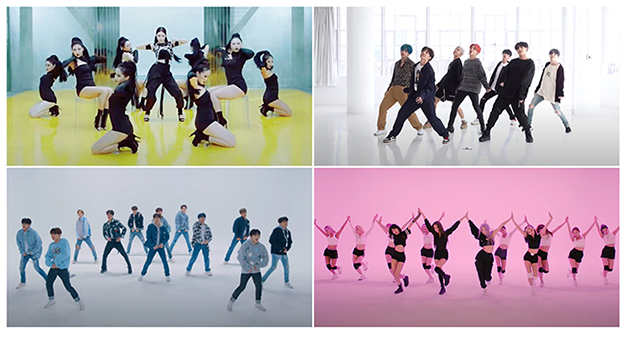
Read thought-provoking books, watch beautifully shot movies, check out MET Gala costumes, and visit cool museums!
All forms of art can inspire and fuel your art. When you see something inspiring, write it down so you can come back to those ideas later.
Even something simple like an interesting conversation with a friend can turn into a dance choreography idea or a new dance move.
Already feeling inspired? Watch this video to learn how to turn those ideas and concepts into dance moves!
Freestyling doesn’t necessarily mean that you’re going to be using those exact moves in your piece. In fact, you probably won’t even remember a lot of what you did!
The point is to let your body respond to the music. Play the whole song and let yourself move. Notice how you naturally groove to certain sounds.
This will be the first "layer" in your choreography. You can then try variations or build more intricate movements on top of it.
You can then try variations or build more intricate movements on top of it.
Not sure how to start freestyling? Read this article for a few more tips: How to Freestyle Dance
And if you put on a song you really love, but still can't come up with any moves, check out this video!
Clay gives you tips for creating unique movements, even when you think you have choreo block.
You probably decided to choreograph to the song because you thought certain sections would look dope on the body.
Is it a climax? A breakdown? An instrumental interlude?
Whatever it is, start with that part. You don’t have to choreograph chronologically from beginning to end.
Start with the chunks that come easier, then build the rest of the choreography around it.
After you've choreographed your favorite chunks, make sure to give some love to those in-between sections!
Just because it’s not a crazy beat combo doesn’t mean it doesn’t have potential to look amazing.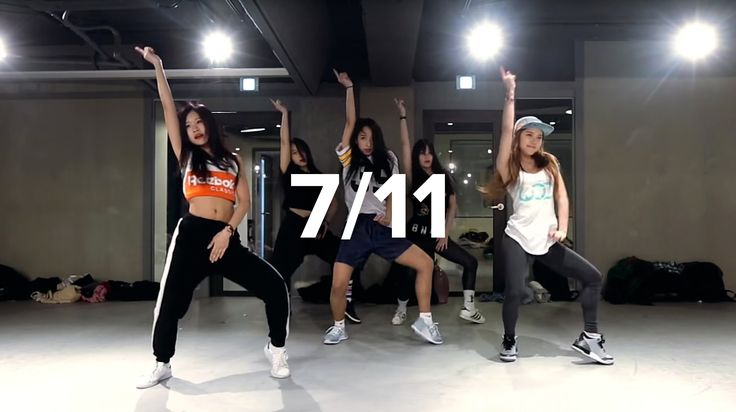
Sometimes it’s those slower moments that are the most memorable. Check out this piece from Galen – it's all about her presence and demeanor.
Even her simple movements are engaging because she's filling those calmer moments with presence, before she goes off in a powerful combo.
A lot of us have the problem of making choreography that looks good in our heads... But not on our bodies. At that point, you just gotta train yourself.
Some refer to this as “cleaning” or “setting,” which involves perfecting certain pictures you make with your body, looking at pathways between points, or drilling quick combinations.
Check out this article to learn more about the cleaning process: How To Execute Choreography Better By Utilizing Your Body With Carlo Darang (Choreo Cookies)
And remember: How you choreograph will be how the piece looks.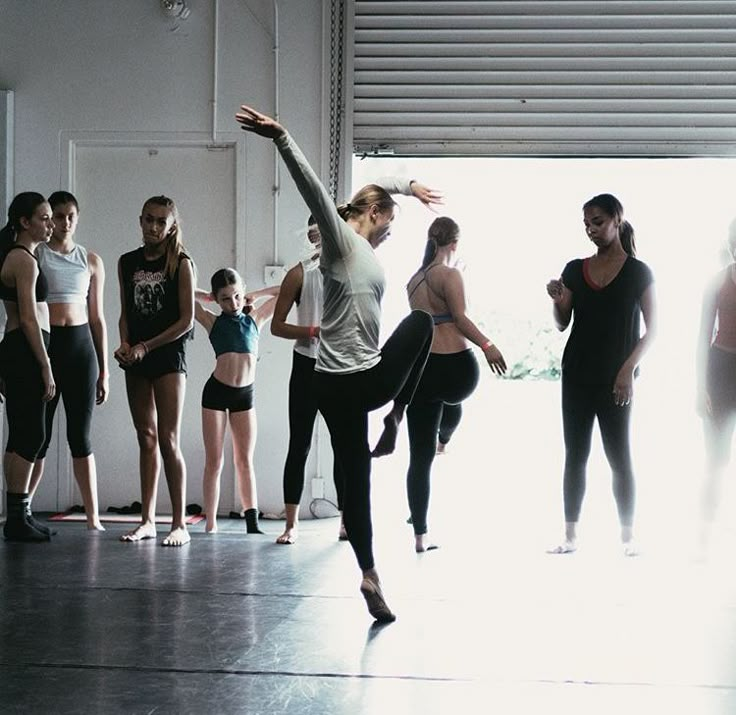 So when you choreograph a dance, do the moves full out.
So when you choreograph a dance, do the moves full out.
For example, if you want a plié somewhere, really bend those knees. Let body rolls go all the way through your body. If you’re doing floorwork – get on the floor!
It's not going to magically look amazing when you perform on stage or in front of the camera. Make it amazing as you're making it.
Watch this video to learn more about dancing full-out, in every moment.
There are probably moments within your piece that feel perfect to you. Don’t change those.
But the piece as a whole is probably a bit rough around the edges, especially if this is your first time choreographing.
As novelist Ernest Hemingway once said, “The first draft of anything is sh*t.”
So don’t worry if it’s not exactly what you wanted it to be. You can work your way there!
Do this by trying out variations of movements, scrapping some sections, changing directions, or adding floorwork – whatever you feel is necessary to “edit” the piece.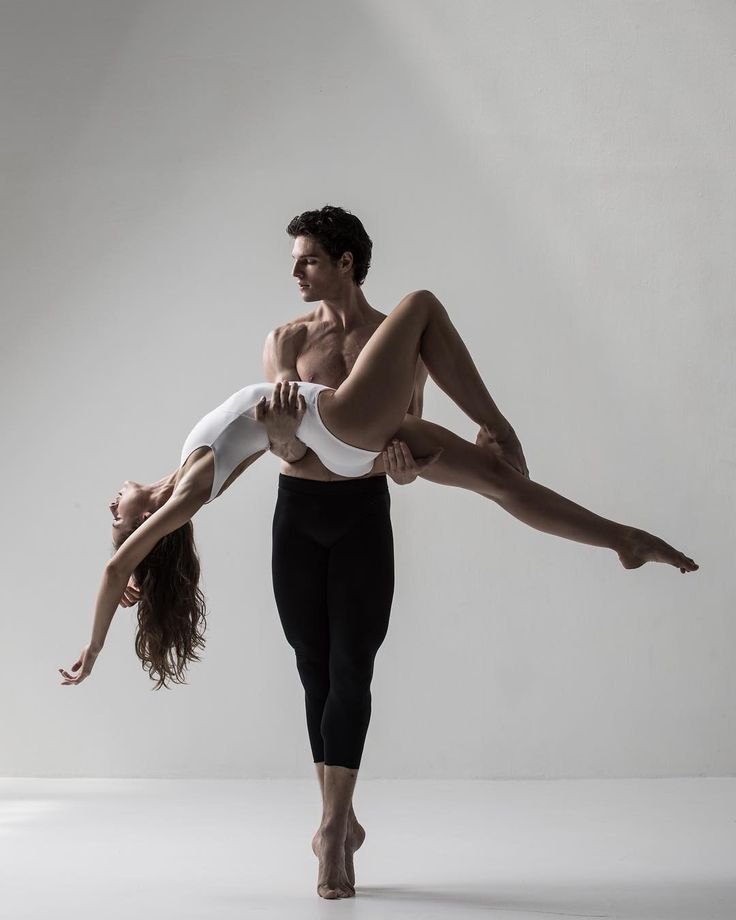
And honestly? That’s what makes creating so fun – trying things. Saying “Nope, not that,” or “YES oh my god, it worked!”
It’s supposed to take multiple drafts! Just keep editing until you’re done.
Of course, if you're a perfectionist, you might feel like your piece is never finished, but you gotta draw the line at some point.
While it’s awesome to try to keep improving your piece, there comes a point where you have to say “This is it. It's ready."
It's not about feeling like your piece is perfect. It's about making something that you feel proud to say you made. So when you're done, let it be.
Give yourself a pat on the back. Record the piece and share it with us via our STEEZY Studio members Facebook Group!
Thousands of dancers around the world are not only improving their dance skills on STEEZY Studio... they're joining our community and getting feedback from other dancers!
Click here to sign up for STEEZY ;)
Check out this video for a quick recap of this guide AND a few extra tips!
Dance photography - the nuances of shooting, the secrets of success, polishing skills
Dance photography is an expression of the beauty of movement and emotions. Dance can be a source of great shots, but it's no secret that photographing dancers is very difficult: framing, focusing and releasing the shutter at the right moment - absolutely everything must be done, and at the same time with the best exposure in the available light. For Bernie Ng, one of Singapore's most prolific dance photographers, shooting choreography involves not only capturing the action, but also the aesthetics and emotion that permeates the movement. She shares some tips for capturing dramatic shots of dancers. nine0003
EOS 5D Mark III / EF24-70mm f / 2.8L II USM / Manual exposure (f / 2.8, 1/250 s) / ISO 2500 / WB: Auto. "Pure" by T.H.E Dance Company (2016) / Choreography: Kuik Swee Boon / Dancers: Anthea Seah & Wu Mi
- Exposure
Getting the exposure right is probably the most difficult aspect of dance photography . Since flash photography is generally not allowed indoors, you should do your best with the available lighting, which will vary from one show to the next. nine0003
Since flash photography is generally not allowed indoors, you should do your best with the available lighting, which will vary from one show to the next. nine0003
Use fast lenses
This will allow enough light to reach the camera sensor so you can keep the ISO sensitivity as low as possible to minimize visible noise. Ideally, your camera kit should include both a wide-angle lens for capturing the entire scene and a telephoto lens for close-ups.
Shoot in manual mode or use exposure compensation in Av or Tv mode
The action in the scene (and hence the shooting conditions) can change very quickly, so you'll need to keep control of your exposure settings. Bernie prefers to shoot in manual mode to fine-tune the camera. But if you choose to use semi-auto, she advises using compensation to get the right exposure.
For beginners, aperture-priority (Av) mode will probably be easier to use: you just need to set the maximum aperture and the camera will give you the fastest possible exposure without underexposure.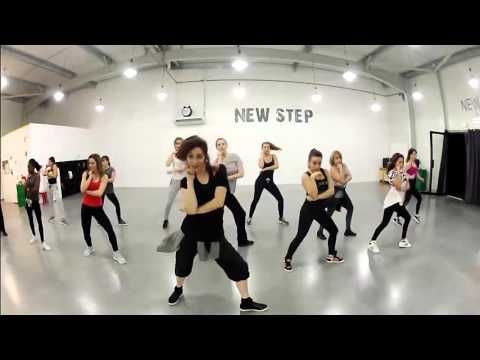 Shutter priority mode (Tv) gives you control over shutter speed, but it can be a little more difficult for an inexperienced photographer to get an adequate exposure. nine0003
Shutter priority mode (Tv) gives you control over shutter speed, but it can be a little more difficult for an inexperienced photographer to get an adequate exposure. nine0003
Shutter speed. Know what you need
Consider factors such as dance style, choreography, and the type of shoot you want. Bernie's shutter speed is 1/250 second, which she adjusts as needed. For example, she may decide to use a slow shutter if she feels it is necessary for the image.
EOS 5D Mark III / EF24-105mm f / 4L IS USM / Manual exposure (f / 4.0, 1/13 s) / ISO 800 / WB: Auto. "Giving" by Frontier Danceland (2015) / Choreography: Adrian Skjoldborg
Using a slow shutter speed can add momentum to a photo and bring the whole composition to life. In the shot above, you can see that the photographer chose to use a slow shutter speed to create some motion blur while keeping the dancer in focus. This filled in the empty spaces and added movement to the image.
Pro Tip: If you have access to a stage crew and lighting designer. Creative ideas: stroboscopic lighting can be a great opportunity! EOS 5D Mark III / EF70-200mm f/4L IS USM / Manual exposure (f/4, 1.3s) / ISO 320 / WB: Auto. "Planet Romeo" / Presented at DiverCity as part of the M1 Contact Contemporary Dance Festival (2015) / Choreographer and Dancer: Daniel Kok Some shows use stroboscopic lighting, which can cause you to miss many moments if you're not ready. However, if you prepare and react quickly enough, this can be an opportunity to get creative. For the shot you see above, Bernie made a quick decision to slow down the shutter and get a strobe effect. nine0003 EOS 5D Mark III / EF24-105mm f / 4L IS USM / Manual exposure (f / 4, 1/400 sec) / ISO 12800 / WB: Auto. "The Ordinary Man" by T.H.E Dance Company (2014) presented by Huayi - China Arts Festival, Esplanade - Theaters in the Bay / Choreography: Wu Yi-San & Kuik Swee Boon A lot of people think about snapshots in a jump at the mention of dance photography, but quiet moments can be just as dramatic. Your photography will definitely be influenced by: Find out which ones work well and which don't. They can be different for different dance genres. However, you don't have to have a dance background to take decent shots - basically it all comes down to a well-developed sense of aesthetics. Make the dancers look good in the frame. A big part of dance is conveying thoughts and feelings to the audience, so Bernie tries to capture the emotions and facial expressions of the performers. This is exactly the moment when it is useful to know what the choreography really is before you shoot! The intriguing facial expressions of the dancers above reflect the comedic nature of the choreography. Take those shots where the dancers blink or their eyes are empty and unfocused (unless it's part of the choreography) and mercilessly throw them in the trash. nine0003 Pro Tip: Be sensitive to the shots you take Remember that your camera can capture things that the human eye cannot see: pressing the shutter button will inevitably take pictures that may not be the most flattering for dancers. Dance photos don't have to include the entire body of the dancer! EOS 5D Mark III / EF24-70mm f/2.8L II USM / Manual exposure (f/2.8, 1/100s) / ISO 400 / WB: Auto. Pallavi in Time by Chowk Productions (2017) / Choreography: Raka Maitra Close-ups of the dancers' faces or other details of the mise-en-scene can also create memorable shots. "The legs were very important to this choreography," Bernie recalls of the above shot. She wanted to get closer to the ankle bracelets of the dancers. The photo turned out to be successful also because the lighting was also focused on the legs. nine0003 Bonus: if you really want to capture the jump… EOS 5D Mark III / EF24-105mm f / 4L IS USM / Manual exposure (f / 4, 1/250 sec) / ISO 5000 / WB : Auto. The most important thing in pictures of dancers in a jump is the exact time: "If you see a jump, you are already too late." To get the timing right, the photographer advises not to rely too much on continuous shooting. Instead, learn when to press the shutter button. Sometimes you can tell from the music at what point the dancers are getting ready to jump. It will probably take a lot of trial and error, but it will only improve your photography skills. nine0003 Other noteworthy parts As mentioned above, things obviously move quickly on stage and you have to anticipate the moments and react almost instinctively to get the shots you want. What will help? It's easy to get carried away here, but be aware of both the audience and the dancers on stage. YES! NOT… The dancers work very hard to perfect their art, and without them you wouldn't have your photos. The career of dancers is short. Your photographs of performing on stage in the dance element may be the only record of these precious moments, so try to take pictures that will bring joy to people and bring back fond memories. Life requires movement. .. about the upcoming show. Bernie usually asks what the lighting will be like. nine0003
 nine0003
nine0003
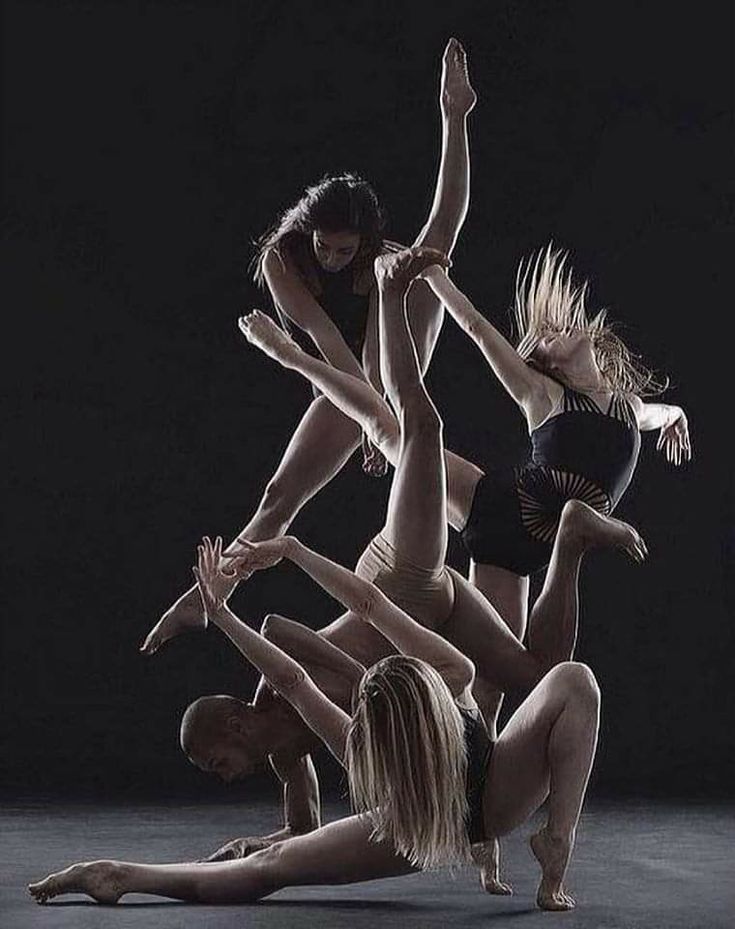 Be very careful and careful when choosing the final set of shots (if you are an invited photographer and completed an order). Get permission from a particular dancer or company if necessary, especially if you share images on social media, a website, or wherever. nine0003
Be very careful and careful when choosing the final set of shots (if you are an invited photographer and completed an order). Get permission from a particular dancer or company if necessary, especially if you share images on social media, a website, or wherever. nine0003  "Schubert Symphony" Singapore Dance Theater (2016) / Choreography: Chu-San-Go
"Schubert Symphony" Singapore Dance Theater (2016) / Choreography: Chu-San-Go
Customize your own shortcut buttons. nine0010
 nine0010
nine0010
I have an idea: to open a school of modern choreography and find new business niches
Business also forces us not to sit idly by. Alexandra Buyalskaya
– I have been dancing all my life. First, rhythmic gymnastics, thanks to which she “grew up” to the title of master of sports, then she went to the pop dance team. An inspiring teacher worked with us, who said: “If you want to do something new, go and do it.” I took these words literally. nine0003
Alexandra Buyalskaya
The idea to open a Smart dance center came in 2009, during the first decree. I had a lot of free time to think over the concept of the future school.
The first season began in September 2009. We immediately positioned Smart dance as a choreography center in order to avoid bureaucratic procedures. For example, if they conducted educational activities with the issuance of official documents, then it would be necessary to pass certification at the Ministry of Education.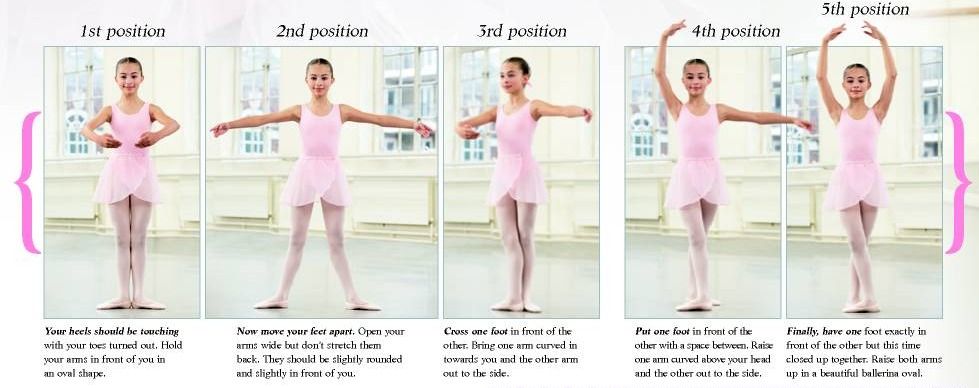 nine0199 At first there were two groups where I recruited students for myself. The first was engaged in street-dances (street directions), the second - contemporary dance (modern choreography), to which my soul lay. To understand the philosophy of modern dance, I read a lot of additional literature, watched videos, went to master classes. In parallel, she received a second higher education - choreography.
nine0199 At first there were two groups where I recruited students for myself. The first was engaged in street-dances (street directions), the second - contemporary dance (modern choreography), to which my soul lay. To understand the philosophy of modern dance, I read a lot of additional literature, watched videos, went to master classes. In parallel, she received a second higher education - choreography.
By the end of the 2009-2010 season The number of our students has reached 200 people. We recruited children's groups, invited teachers. At the beginning of 2017, about 1000 children and adults are involved in Smart dance. nine0199 According to observations: the largest enrollments are in September (beginning of a new academic year, end of holidays). Growth comes from constant movement: old customers return, new ones come. The ratio is about 70/30. Inflow-outflow - 5% per month. That is, 5 customers left, about the same number of new ones came in their place.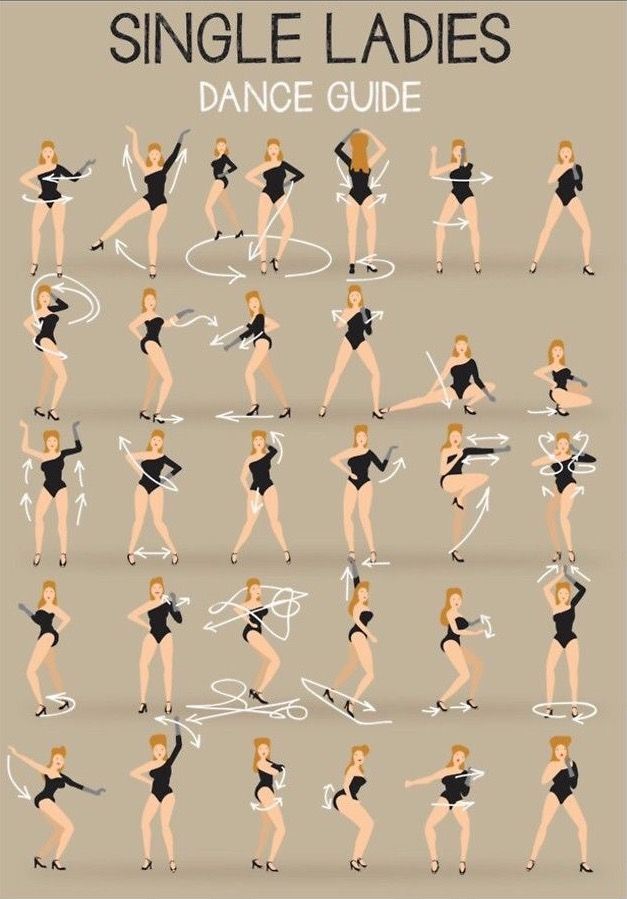
The biggest challenge we faced was finding a place to practice. As a rule, the sites belong either to the state or to private structures, that is, at any time the lessor can terminate the contract. nine0003
Initially, we were looking for choreographic halls around the city. Called up, came, looked, talked with directors. Today, you can easily find a place to practice: fitness rooms, dance floors, and office buildings are rented out... And in 2009, it was difficult to find a suitable place. Nevertheless, the hall in the sports complex "Minsk-Arena" became the first place for classes. After they moved to the School of Gymnastics.
But I always wanted to have my own gym. It was found in the Uruchcha microdistrict, where we made repairs ourselves: we laid the floor, hung mirrors ... A year later, a branch was opened in Malinovka, even later - on Partizansky Prospekt. Now the school already has four branches in Minsk: in Vesnyanka, Malinovka, Uruchcha and on Partizansky Prospekt. nine0003
nine0003
The school reached self-sufficiency in the second year. However, due to the fact that we were constantly opening new branches, everything that the school earned was spent on development.
Each school has its own dance direction. There are three "big" styles in Smart dance:
- from classic to modern;
- street directions;
- fitness.
Each direction has its own teachers. The schedule is compiled based on their workload. As a rule, they work in several branches. This is done in order to give them a greater workload and thus eliminate the need to look for a second and third job. So they are completely "ours", and, in fact, that's why we have a team. We also take into account the wishes of customers: morning, afternoon and evening groups are open. nine0003
At the time of opening, we didn't know which ad would work. So we tried outdoor advertising. Subway ads worked well, but billboards didn't. But now the main advertising is “word of mouth” and leaflets, which we “pointwise” distribute to the target audience - young mothers aged 19-30 years old - on the streets of those microdistricts where branches are located.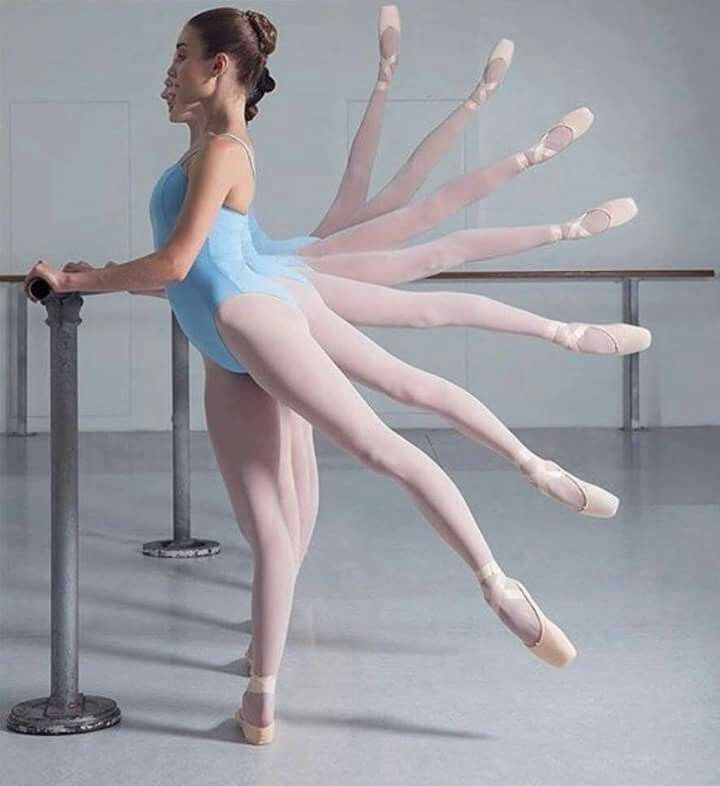
In addition, we promote the project in social networks: Facebook and Vkontakte. The community in Vkontakte is more efficient. We do all advertising for online groups ourselves, without the involvement of SMM-specialists. Basically it's a competition. Plus, we exchange invitations to events, news about promotions with other companies that have the same target audience. nine0199 Today, when we are already known, a small budget is spent on advertising.
1. The dance business is highly seasonal. In summer it is almost impossible to gather a large number of people: everyone is resting. As well as in early December-January, during the New Year holidays. But you can work with this. For example, we do summer camps for children, intensive adult programs aimed at the final result.
2. Competition. Personally, I am for competition, it encourages development. But competition in our country is not always fair: sometimes dance schools are opened by people who have not been trained in this professionally.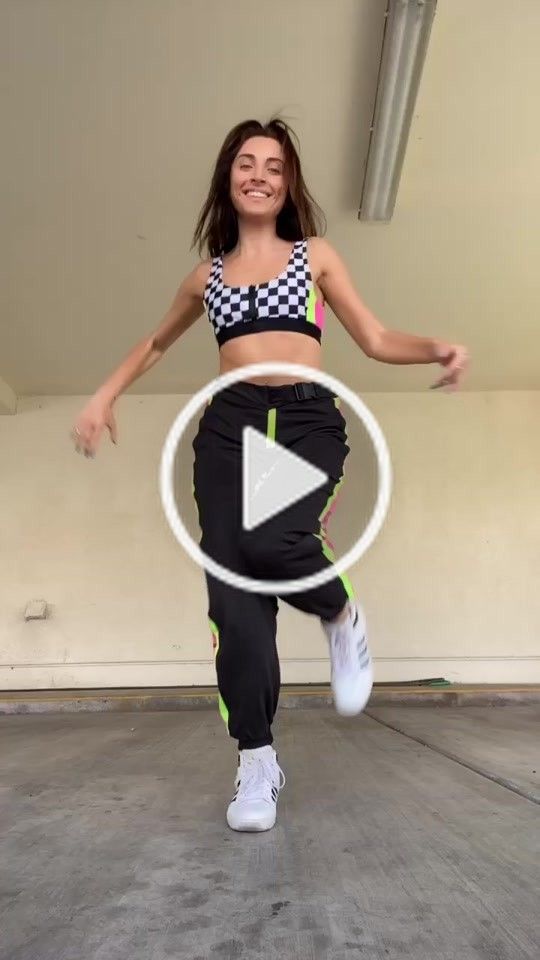 I know many cases when a person, after studying for a year, decides to open his own school. And clients do not always understand who is a good teacher. Often the choice is this: if only closer to home. Therefore, I always advise: pay attention to the experience and qualifications of teachers. nine0199 3. We try to organize events. During the year we hold three or four big events: reporting concerts in December and May, the republican competition of modern choreography "Asterisks", master classes with foreign choreographers. Not always the event goes to the "plus", because it all depends on the number of participants, spectators. Inviting foreign guests is very expensive. Recently, we have seen a certain outflow of customers: the real incomes of the population are decreasing. Although, of course, we always call and ask why the person left. nine0003
I know many cases when a person, after studying for a year, decides to open his own school. And clients do not always understand who is a good teacher. Often the choice is this: if only closer to home. Therefore, I always advise: pay attention to the experience and qualifications of teachers. nine0199 3. We try to organize events. During the year we hold three or four big events: reporting concerts in December and May, the republican competition of modern choreography "Asterisks", master classes with foreign choreographers. Not always the event goes to the "plus", because it all depends on the number of participants, spectators. Inviting foreign guests is very expensive. Recently, we have seen a certain outflow of customers: the real incomes of the population are decreasing. Although, of course, we always call and ask why the person left. nine0003
We have developed a system of discounts. There are family subscriptions, when parents bring their children and study on their own, discount programs for friends and regular customers: if a client has been studying for more than three months, he is automatically included in the number of regular ones.
We also offer express programs at a special price, which is about 25% lower than the cost of a regular subscription. This is due to the fact that the amount that needs to be paid to the client immediately is actually multiplied by 3. Not everyone can afford it, which is why we introduce discounts. Although I do not really like discounts: I prefer to improve the quality of services and offer the client more for the same money. For example, additional outdoor training, jogging with a teacher according to an agreed schedule, souvenirs and certificates at the end of the program. nine0003
An obligatory component of Smart dance is reporting concerts, where parents can see what their children have learned, assess the general level of the school and teachers. This is a good decision: after the reporting concert, the number of people wishing to sign up for training increases significantly.
In addition to directly teaching dance, I really wanted to stage full-fledged performances based on modern choreography.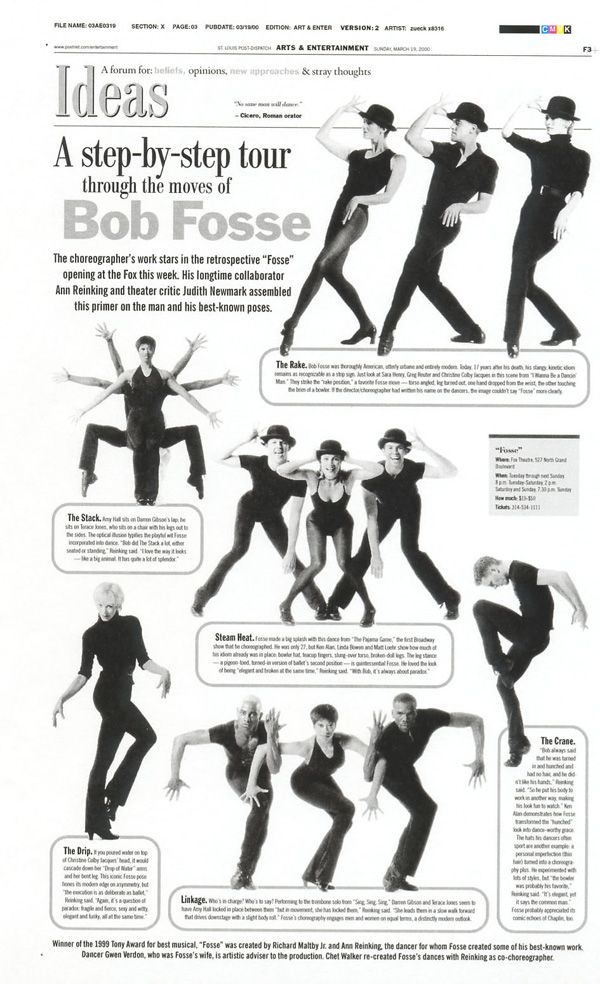 But in order to produce such performances, many additional “serving” branches are required: for example, costumes for concerts. Outsourcing them is too costly. So we opened a sewing workshop. We bought equipment, allocated premises in one of the branches, found seamstresses and now we fulfill orders not only from our own groups, but also from other dance schools. The main orders of the atelier are stage costumes. nine0003
But in order to produce such performances, many additional “serving” branches are required: for example, costumes for concerts. Outsourcing them is too costly. So we opened a sewing workshop. We bought equipment, allocated premises in one of the branches, found seamstresses and now we fulfill orders not only from our own groups, but also from other dance schools. The main orders of the atelier are stage costumes. nine0003
There are almost no orders during the summer, so from June to August we develop new models of casual wear. We sew it for designer fashion markets. The number of orders depends on the schedule of the markets themselves, which become a kind of advertising platform. Usually we sell something ready-made and distribute business cards for tailoring: it happens that the client wants the same style, but in a different color or with different embroidery, or he himself has ideas for changing the style.
In 2015 we needed scenery. This is how the art studio "Ris" and the craft workshop "Ezh" were opened, which today offer full-fledged programs for children and adults. We teach anyone who wants to learn how to draw and engage in arts and crafts. Groups work in the morning and evening. The tutoring format of classes is in demand: most often groups of up to five people, but often - of two or three.
We teach anyone who wants to learn how to draw and engage in arts and crafts. Groups work in the morning and evening. The tutoring format of classes is in demand: most often groups of up to five people, but often - of two or three.
Profitability of art studio and craft workshop is still zero. The second season has begun, we are just starting to pay off. nine0003
In the third year, another niche appeared: dance training for children who want to learn dance, get professional training. A separate gymnastics school was opened last year.
Read also: I have an idea: a graduate of the Moscow Strelka decided to create a children's school of architectural thinking in Minsk
The nearest plans are to stage a modern choreography performance for children with the participation of the best students of our professional program. The performance, in fact, will be the first in the country in the genre of contemporary and jazz. nine0199 In addition, I still want to create a real school.